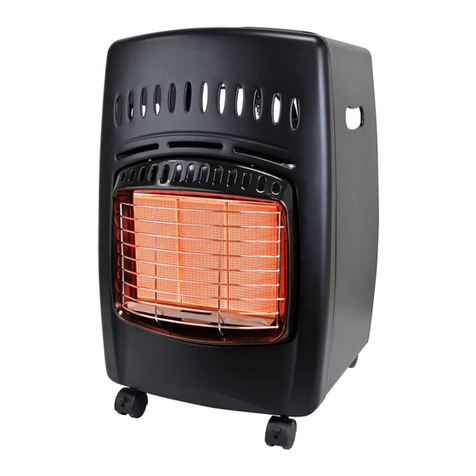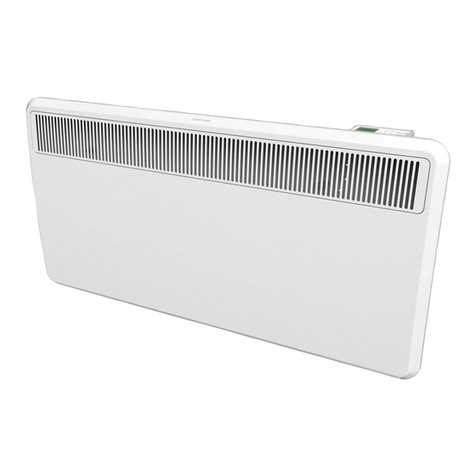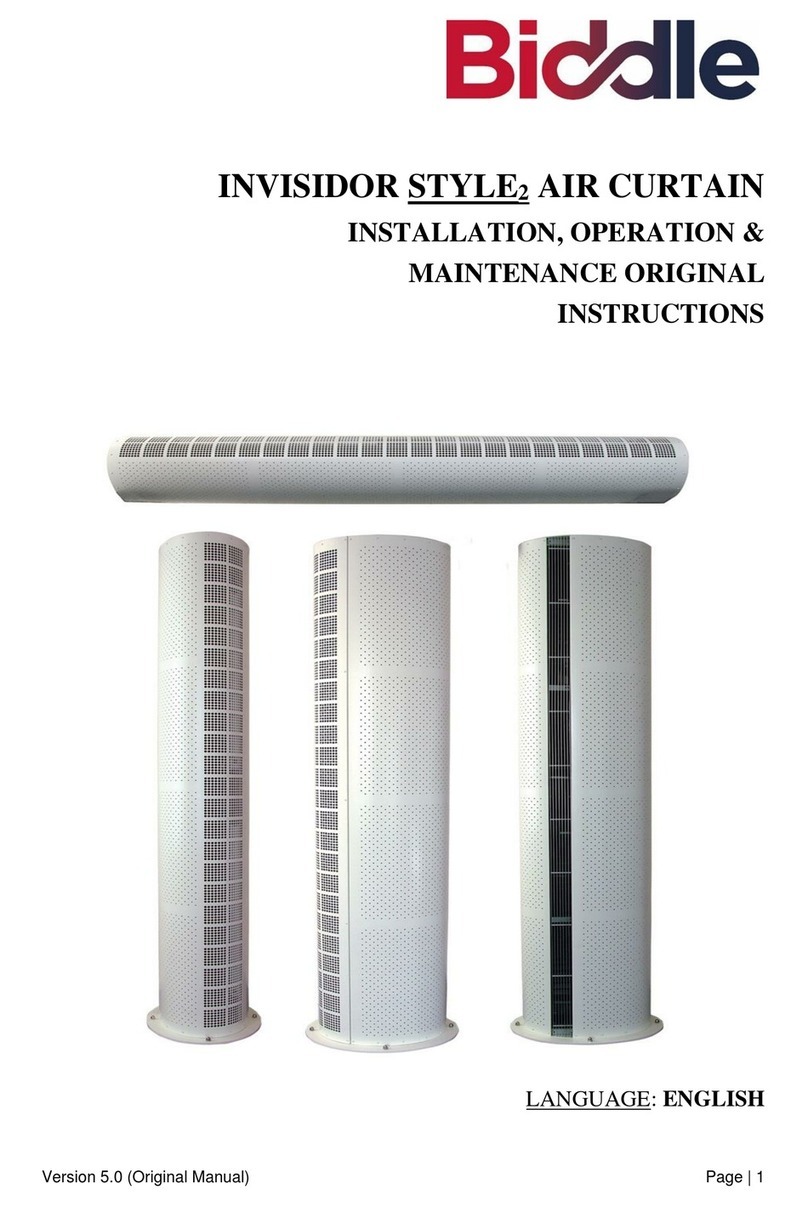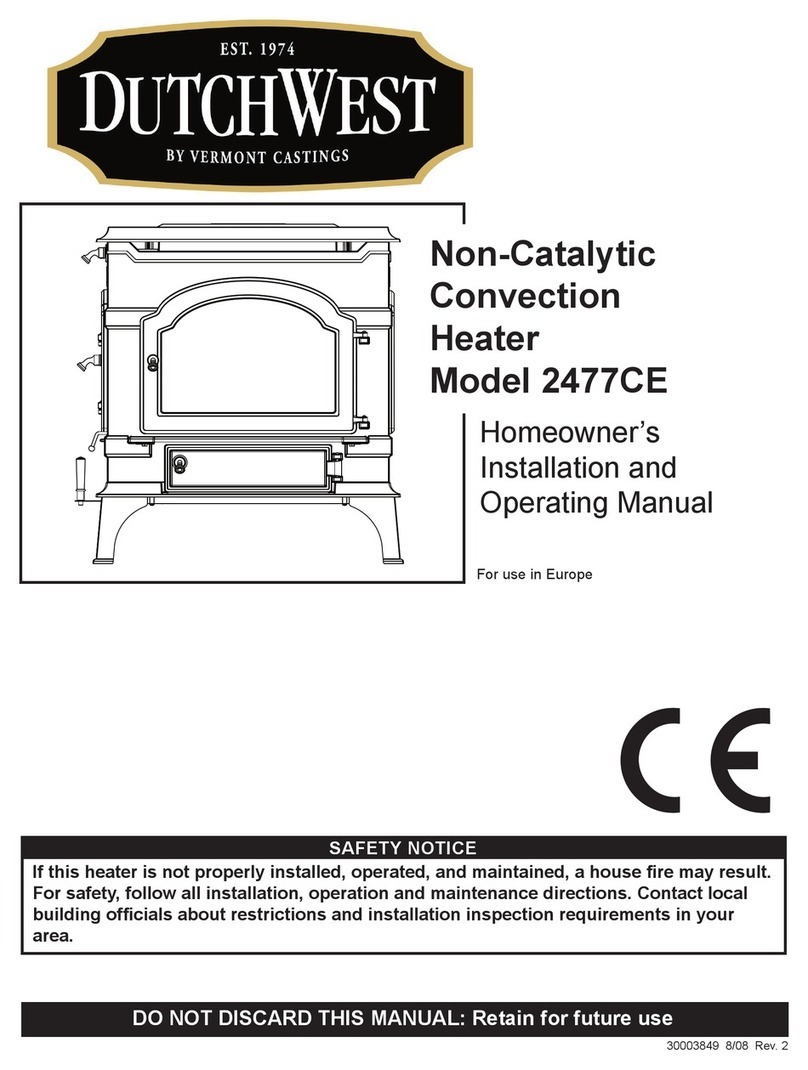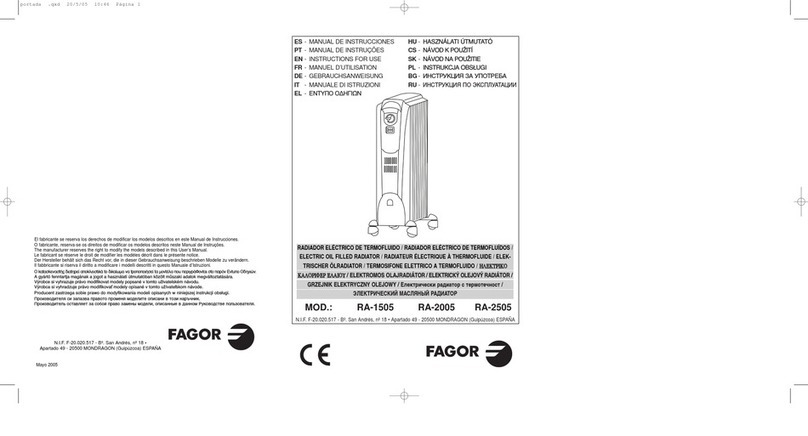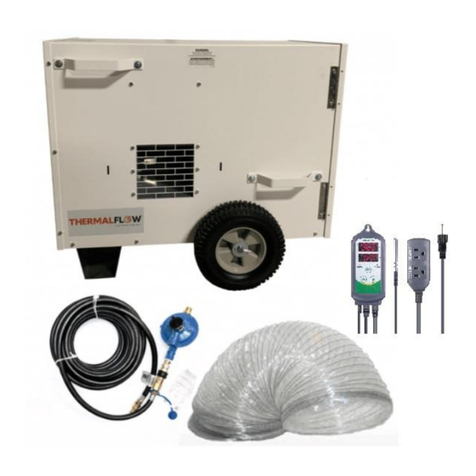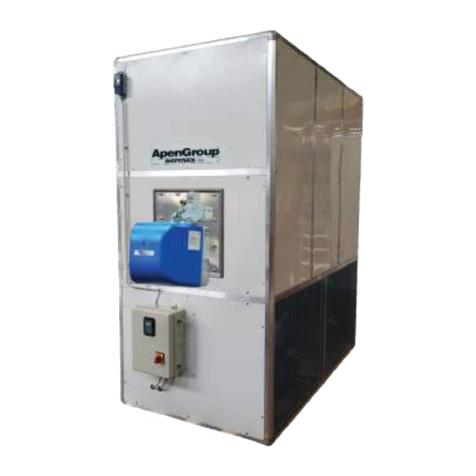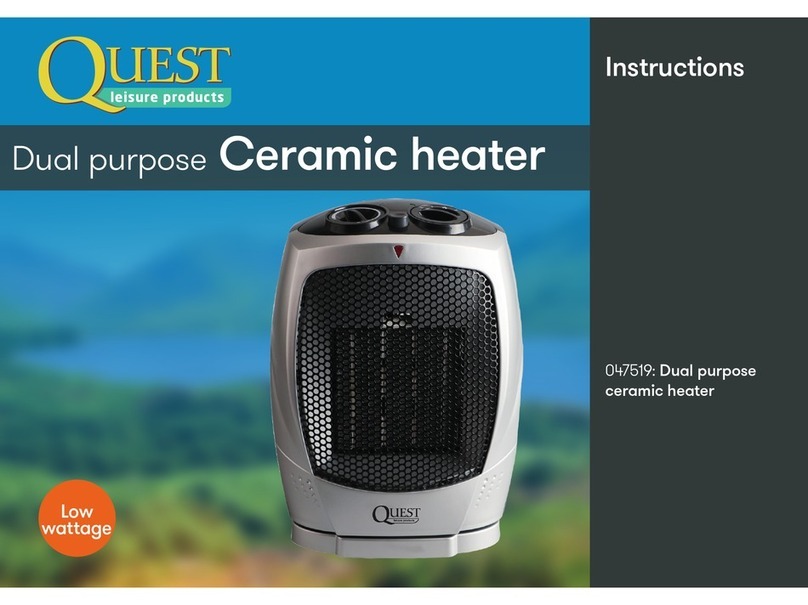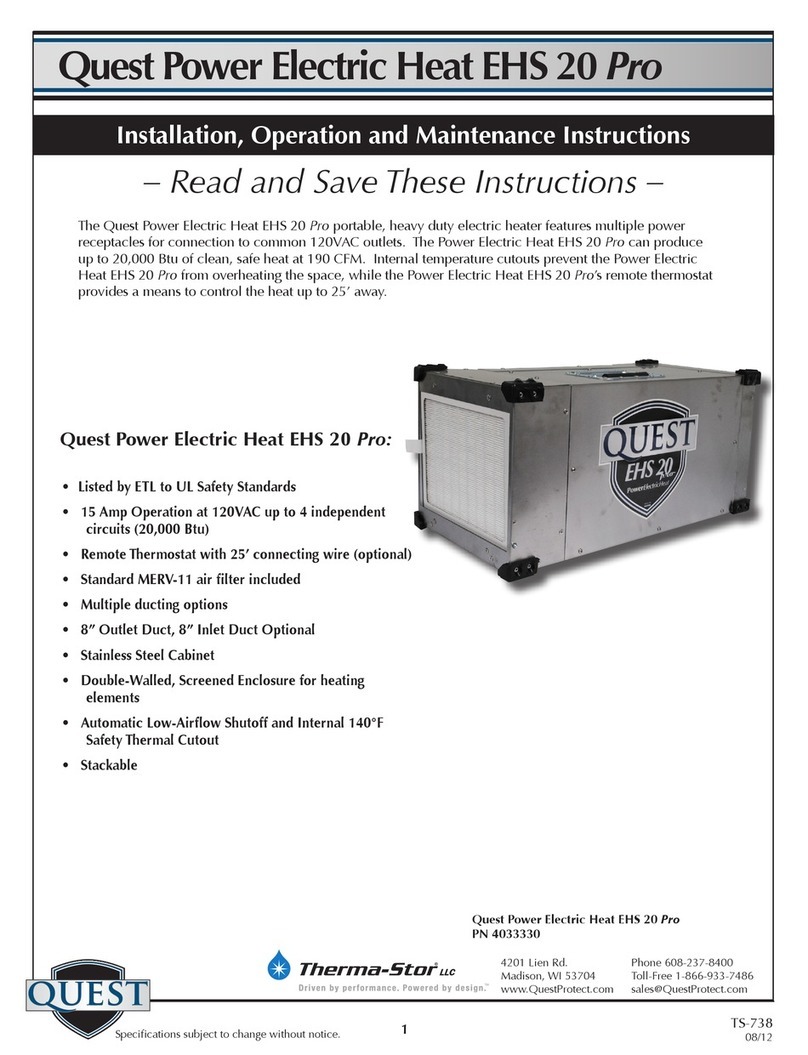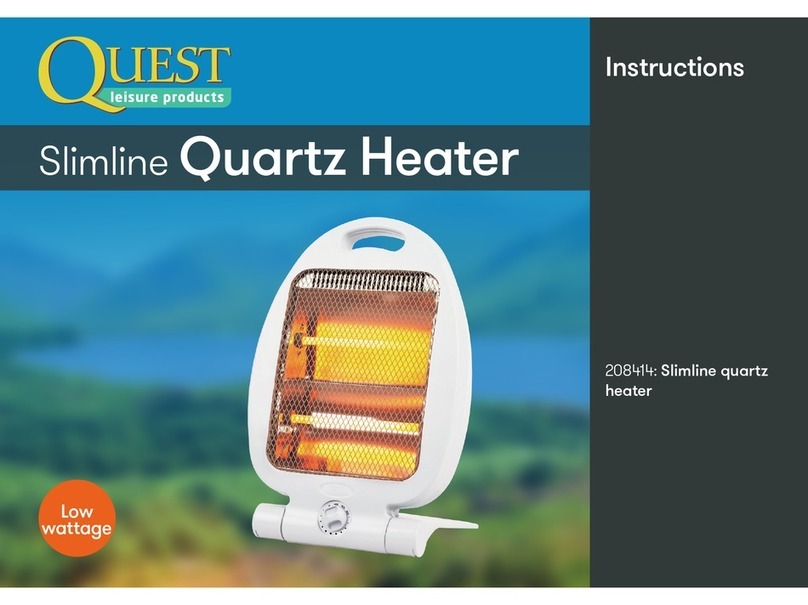
quest
quest 1-866-413-5214
Quest Gas Fired CHH-300 Installation, Operation and Maintenance Instructions
4
www.QuestOnTheJob.com
Table of Contents
1. System Description & Features ................................5
1.1 Description .....................................................5
1.2 Features ..........................................................6
2. Safety ......................................................................6
2.1 General Safety Guidelines...............................6
2.2 Safety Devices and Clearances .........................7
2.3 Heat Transfer Fluid ..........................................7
3. Specications..........................................................7
3.1 Construction Specications.............................7
3.2 Dimensions & Capacities Chart.......................8
3.3 Propane Burner & Fuel Specications .............8
3.4 Natural Gas Burner & Fuel Specications........9
3.5 Circulation Pump............................................9
3.6 Electrical Requirements for Complete System 1 0
3.7 Gauges & Indicator Lights ............................. 1 1
3.8 Controls & Electrical ..................................... 1 1
3.9 Controls, Switches, & Gauges Identication.. 1 3
4. Setup..................................................................... 14
4.1 Positioning Equipment on the job.................... 1 4
4.2 Hose & Accessory Connections..................... 1 4
4.3 Charging the Fluid System............................. 1 6
4.4 Propane Gas Burner Installation & Setup....... 1 7
4.5 Natural Gas Burner Installation & Setup........ 1 8
5. Operation.............................................................. 1 8
5.1 Startup .......................................................... 1 8
5.2 Shutdown...................................................... 1 9
6. Maintenance ......................................................... 1 9
6.1 Service Instructions and Checks .................... 1 9
6.2 Maintenance Frequency Chart....................... 2 3
7. Troubleshooting .................................................... 2 3
7.1 Fault Determination ...................................... 2 3
7.2 Burner Internal Faults .................................... 2 5
7.3 Electrical Schematics..................................... 2 6
Warranty....................................................... 2 9
Serial No. __________________________________
Purchase Date ______________________________
Dealer’s Name ______________________________
Page

